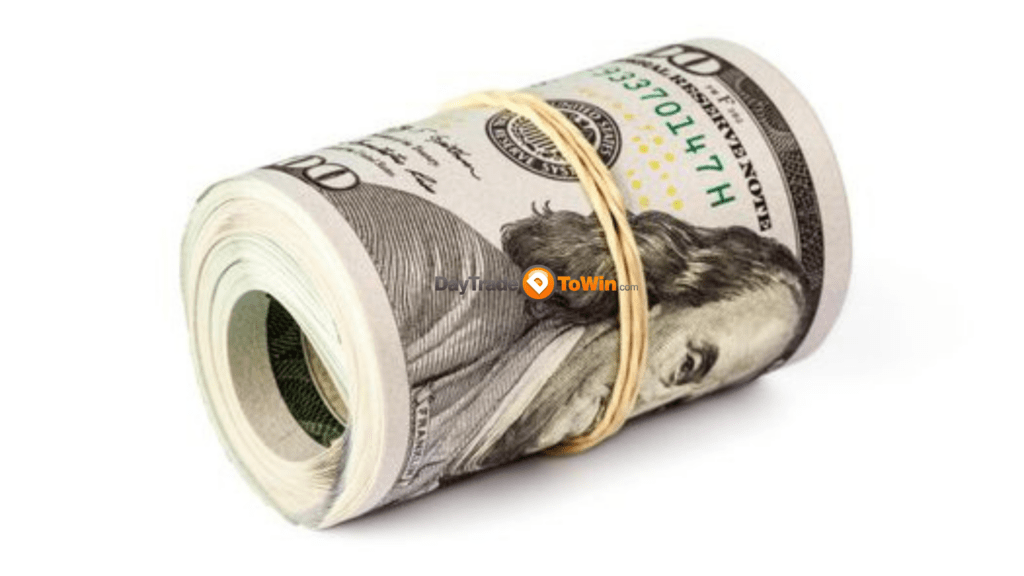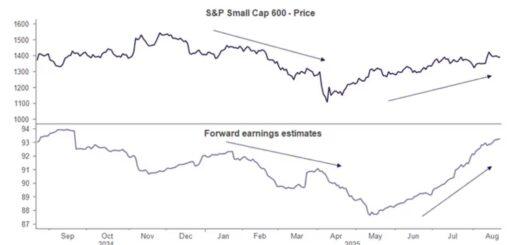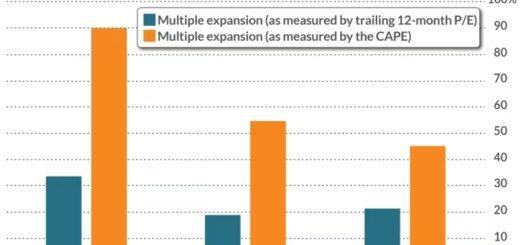Dollar on Edge as Stagflation Fears Grow
Savouri Warns: The Dollar Is Headed for a Wile E. Coyote Moment
The U.S. economy is barreling toward stagflation, and the dollar is about to take a dramatic fall — that’s the stark warning from Savvas Savouri, chief economist and managing director at London-based advisory firm QuantMetriks.
“If you look through the front windshield instead of the rearview mirror,” Savouri says, “it’s clear stagflation is on the horizon.”
With a career that spans academia, investment banking, and his role as a long-time economist at Tosca Capital, Savouri has developed a reputation for sharp economic commentary. His current outlook is no exception: rising inflation, a weakening dollar, and a steepening U.S. Treasury yield curve.

What’s Driving U.S. Inflation?
According to Savouri, inflationary pressure is building on three fronts:
- A falling dollar, which raises the cost of imports
- Tighter migrant labor supply, pushing wages and production costs higher
- Tariffs, which he insists are inherently inflationary, even if their effects aren’t yet visible in the data
He argues that recent tariffs — and Trump’s broader economic agenda, including reshoring and new fiscal spending — are contributing to inflationary momentum. He even refers to a recent legislative package, the “One Big Beautiful Bill Act,” as a form of money-printing.
Powell’s Position in Jeopardy?
In a note titled “The Inflationator vs. The Powell,” Savouri speculates that Jerome Powell might not remain Federal Reserve chair until his scheduled 2026 exit. Drawing parallels with Japan’s and Turkey’s former central bankers — ousted after resisting political pressure — Savouri suggests Powell may face similar risks if he doesn’t align with the White House.
He warns that if inflation rises while the Fed cuts rates, the U.S. yield curve will steepen further — with long-term yields climbing faster than short-term ones — signaling trouble for the bond market.
Dollar Drop Incoming
Savouri sees the dollar on the edge of what he calls a “Wile E. Coyote moment” — seemingly suspended in midair before crashing. He believes this dollar decline could align with Trump’s goals and speculates that a meeting with China’s President Xi could result in a deal to let the renminbi appreciate, potentially removing its peg to the Hong Kong dollar.
This could, in theory, improve U.S. export competitiveness — but also destabilize the dollar further.
“Who’s going to buy long-term U.S. debt,” Savouri asks, “when a trade war is underway with traditional buyers?”
How Investors Should Prepare
To guard against rising inflation and a weakening dollar, Savouri advises buying TIPS (Treasury Inflation-Protected Securities), which adjust interest payments in line with inflation.
He also believes inflation could benefit select equities — particularly large-cap or tech firms with strong balance sheets and international earnings that can withstand higher rates and pass on increased costs.
On the other hand, smaller U.S.-focused companies, especially those loaded with short-term debt, may struggle in a high-rate environment.
As for hedges, Savouri rejects cryptocurrencies, calling them a systemic risk to the U.S. financial system. Instead, he favors gold as a traditional hedge and is bullish on the Australian dollar, citing the country’s strong demographics and economic resilience.




